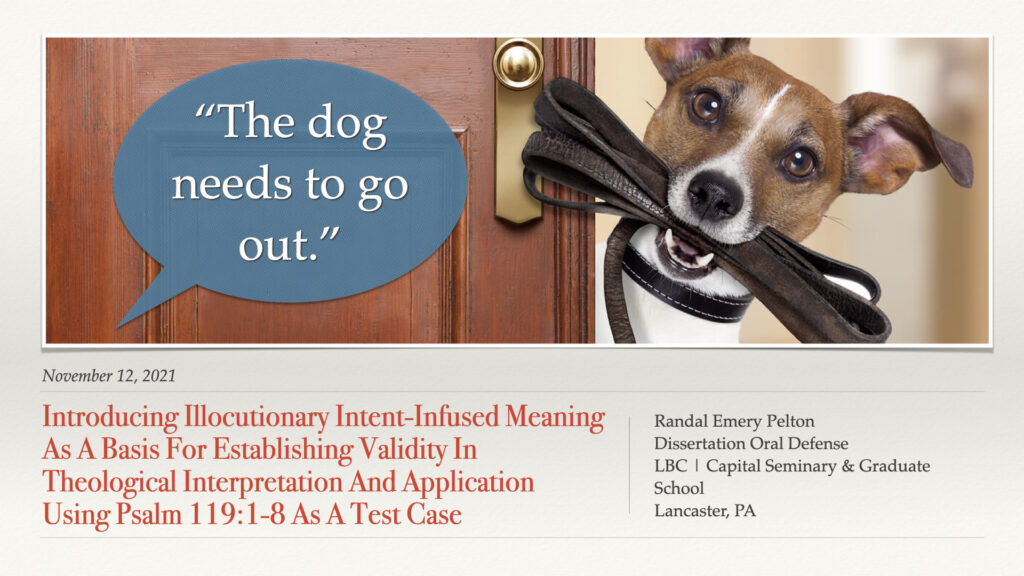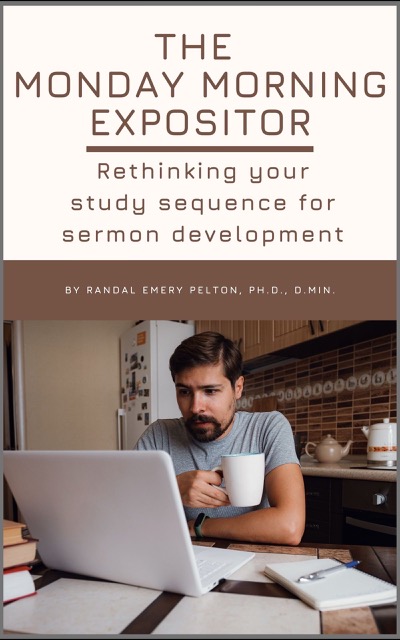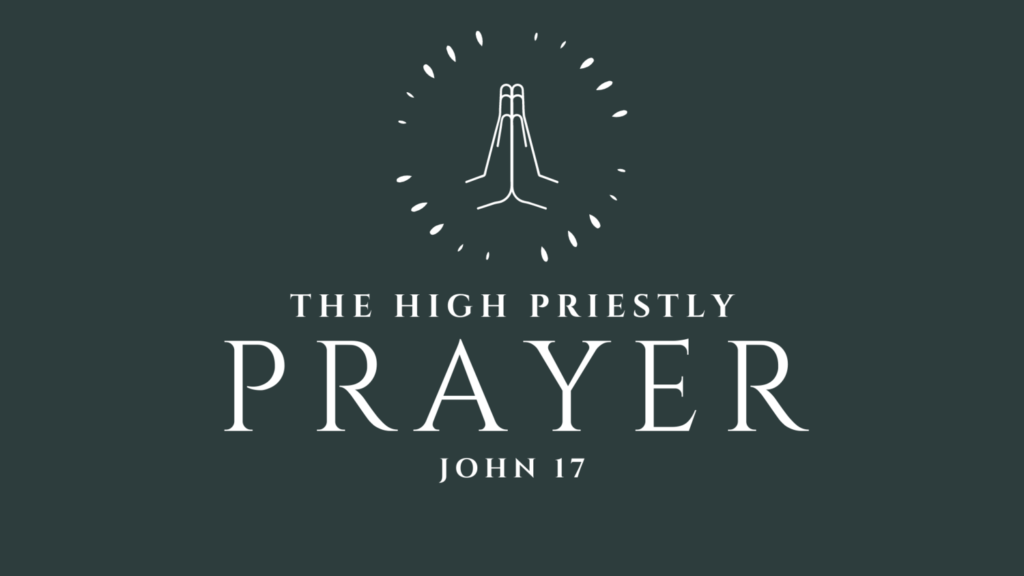I had the privilege of preaching Psalm 92 this morning. It begins:
“It is good to give thanks to the Lord…to sing praises…to declare your steadfast love…and your faithfulness…” (vv. 1-2)
This is an example of the illocutionary category called, an assertive. I wrote about all five illocutionary categories in my last post. The categories are important because they can help show what the Psalmist intends to do to us readers.
In Psalm 92 the opening assertive states a reality with the intention of eliciting faith in all of us readers. The Psalmist intends for all of us to believe that this reality is true and respond accordingly. In the case of vv. 1-2 God says it’s good to do three things.
In v. 6 we read, “The stupid man cannot know; the fool cannot understand this…” Here is another example of an assertive. This time the stated reality works in the opposite direction. Whereas in vv. 1-2 the stated reality is desirable, in v. 6 the Psalmist intends for us to avoid this reality: we believe this is true and avoid being like this.
If you take a moment to read Psalm 92 you’ll see that the Psalm functions by presenting these types of stated realities. When we preach this Psalm we encourage our listeners to respond according to the Psalmist’s intentions. Those intentions are based on the illocutionary categories.
Is this important? Yes.
Illocutionary intent, according to speech act theory, is part of meaning. Psalm 92 means something at the level of illocutionary intent listed above. This provides a critical link between standard meaning and application.
May our Lord continue to receive glory in the church and in Christ Jesus (Ephesians 3:21) when you practice theological interpretation and preach/teach the Psalms.
Randal










